In high-risk work environments, personal protective equipment (PPE) is not just a safety requirement—it’s a lifeline. From industrial plants to construction zones, ensuring workers are consistently wearing the proper safety gear has become an operational necessity. While traditional safety protocols rely heavily on manual supervision, today’s technological evolution has ushered in intelligent, automated solutions. One such innovation gaining traction is the smart PPE detection system, which leverages artificial intelligence and video analytics to monitor compliance in real time.
As businesses strive for safer, more efficient operations, these systems offer a powerful way to merge safety and productivity without compromising either.
Why Workplace Efficiency Depends on Safety Compliance
Workplace efficiency isn’t just about output—it’s about consistency, reduced downtime, and seamless operations. A single safety incident can lead to operational delays, legal complications, and reputational damage. Ensuring employees are adequately protected is not only a moral imperative but also a strategic move toward uninterrupted productivity.
When workers wear proper PPE, and when adherence is monitored in real time, companies experience fewer incidents, lower insurance premiums, and better morale. This directly contributes to operational smoothness, fewer disruptions, and, ultimately, improved efficiency.
What is a Smart PPE Detection System?
A smart PPE detection system uses AI-enabled video analytics to detect whether workers are wearing the required safety gear—such as helmets, gloves, masks, vests, or goggles—in designated zones. It automates the surveillance process, removes human error, and provides actionable data through alerts and dashboards.
These systems work by integrating with existing CCTV infrastructure or deploying edge-based cameras. The AI models are trained to identify specific gear and non-compliance events. The benefits are immediate: no more missed violations, quicker response times, and measurable improvements in safety culture.
The Productivity Payoff of Smart PPE Monitoring
1. Reduced Need for Manual Supervision
Automated PPE monitoring drastically cuts the need for physical inspections. Supervisors can instead focus on more strategic tasks while the system ensures compliance 24/7.
2. Instantaneous Violation Alerts
Smart PPE systems can be configured to send real-time alerts via email, SMS, or integrated management dashboards. This facilitates swift corrective actions, preventing hazards before they escalate.
3. Historical Data and Analytics
Most advanced systems offer visual analytics and trend reports. By analyzing recurring violations, businesses can identify risky zones or behavioral patterns, thereby improving training protocols and zoning layouts.
4. Integration with Broader Safety Frameworks
Smart PPE detection systems can often be integrated into a larger network of smart safety infrastructure, including fire detection, intrusion detection, and even traffic monitoring. A notable example of such integrated systems includes a Traffic Enforcement Framework with Radar-Based System, which shows how intelligent monitoring can be extended from industrial zones to roadways.
5. Enhanced Accountability and Compliance
The automation and objectivity of these systems foster a culture of accountability. Workers are more likely to adhere to safety norms when they know violations are being detected in real time, eliminating gray areas in responsibility.
Industries Benefiting from PPE Detection Systems
While manufacturing and construction are the most obvious beneficiaries, several other sectors are seeing strong returns from PPE monitoring:
- Mining and Oil & Gas: High-risk, hazardous zones that demand precise compliance.
- Healthcare and Pharmaceuticals: Ensuring mask and glove use in sensitive environments.
- Logistics and Warehousing: Rapid PPE verification in fast-moving settings.
- Chemical Plants: Monitoring specialized PPE such as hazmat suits or respirators.
- Smart Cities and Public Infrastructure Projects: Managing safety compliance across complex, multi-vendor sites.
Top 5 Companies Providing PPE Detection System Services
While many startups and tech firms are now venturing into workplace safety, here are five companies known for offering advanced PPE detection solutions:
- Intenseye – An AI-powered platform that detects safety compliance violations using existing cameras.
- Triax Technologies – Specializes in worker tracking and PPE detection in construction environments.
- Aksense – Offers video analytics solutions specifically for industrial safety and PPE compliance.
- Kogniz – Provides a complete platform that includes PPE detection and other AI-based safety alerts.
- Crosser – Known for its edge analytics engine, enabling on-site PPE compliance detection and data processing.
These companies reflect a growing global emphasis on AI-driven safety solutions that prioritize both compliance and operational efficiency.
Overcoming Challenges in Implementation
While the advantages are clear, deployment does come with challenges. These may include resistance from workers concerned about surveillance, technical issues in integrating legacy systems, or the need for periodic AI model updates to adapt to different uniforms or gear. However, these challenges can be mitigated through transparent communication, staff training, and ongoing system calibration.
Conclusion: A Safer Workplace is a Smarter Workplace
As businesses continue to automate and digitize core operations, safety cannot be left behind. A smart PPE detection system is more than just a compliance tool—it’s a cornerstone of efficient, future-ready workplaces. By minimizing accidents, streamlining supervision, and empowering decision-makers with real-time data, such systems unlock new levels of operational effectiveness.
In an era where technology is redefining industry norms, smart PPE detection is not an optional upgrade—it’s a strategic investment in people, productivity, and progress.

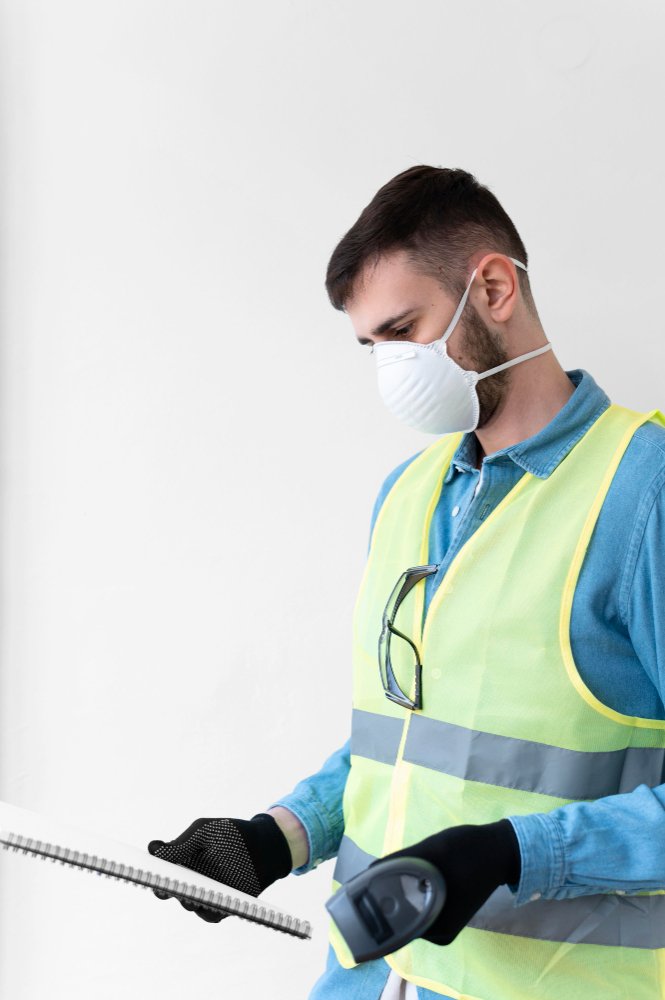
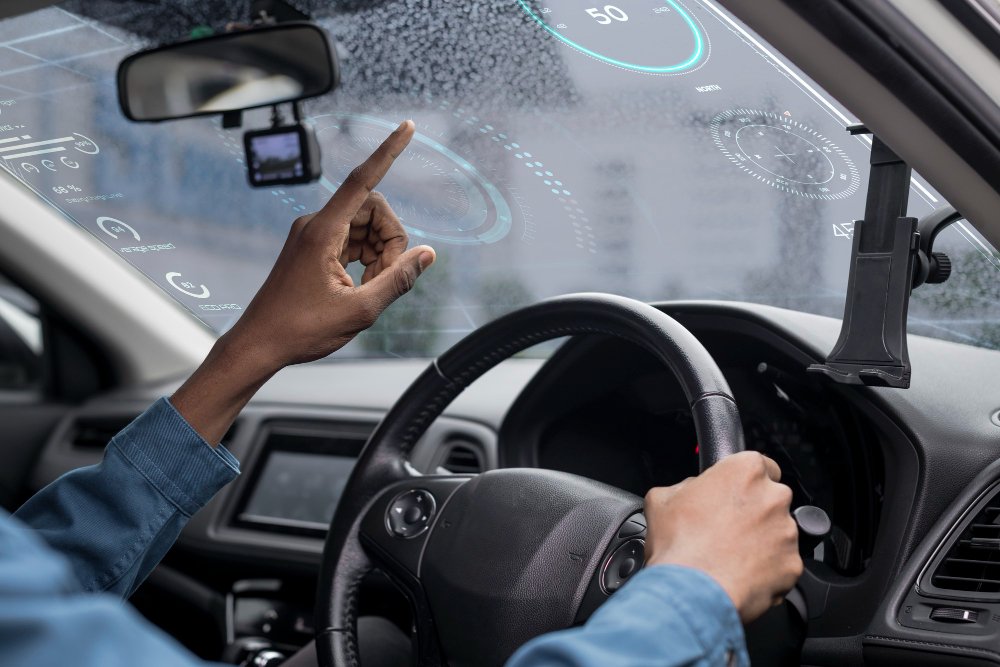



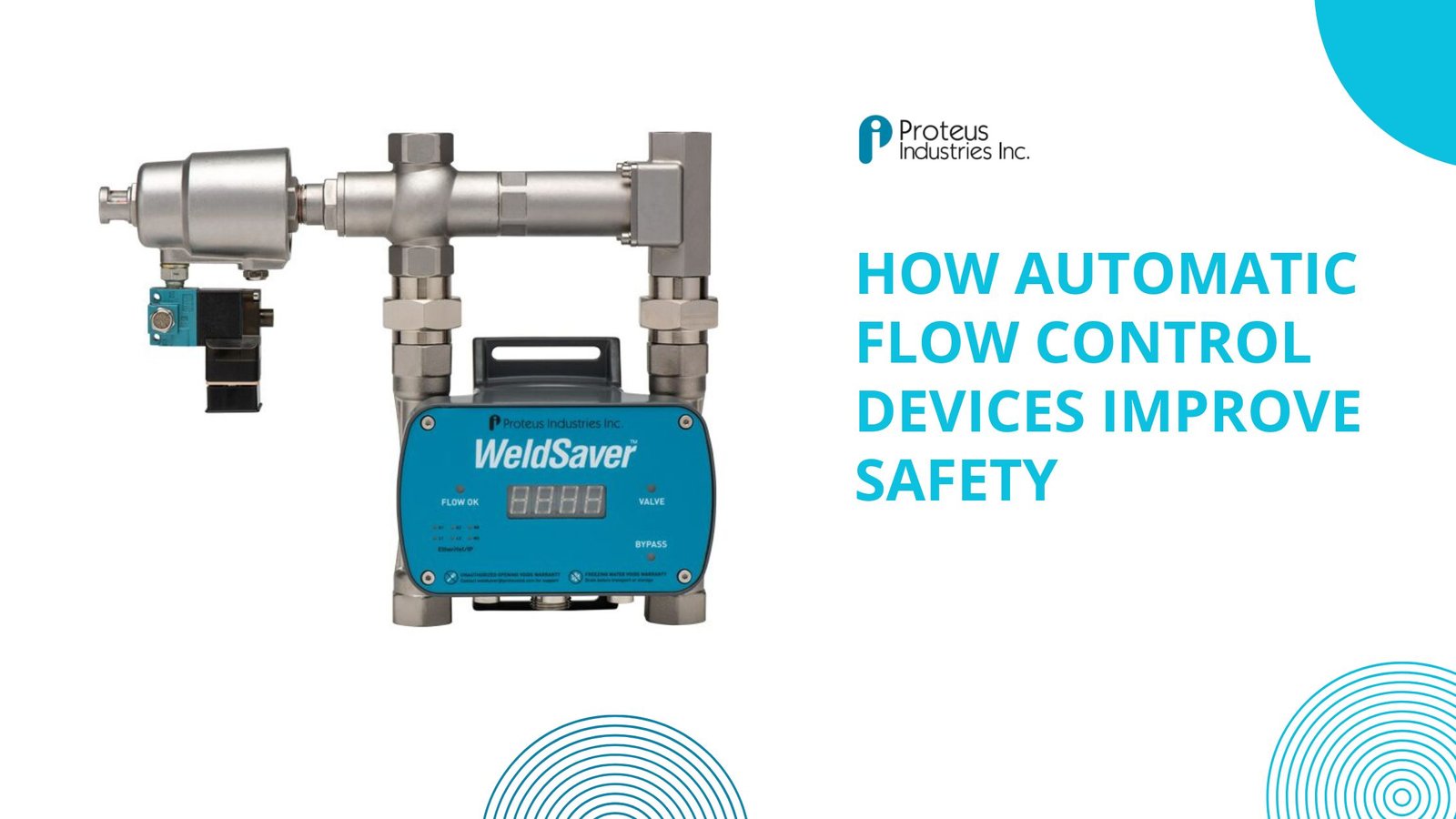

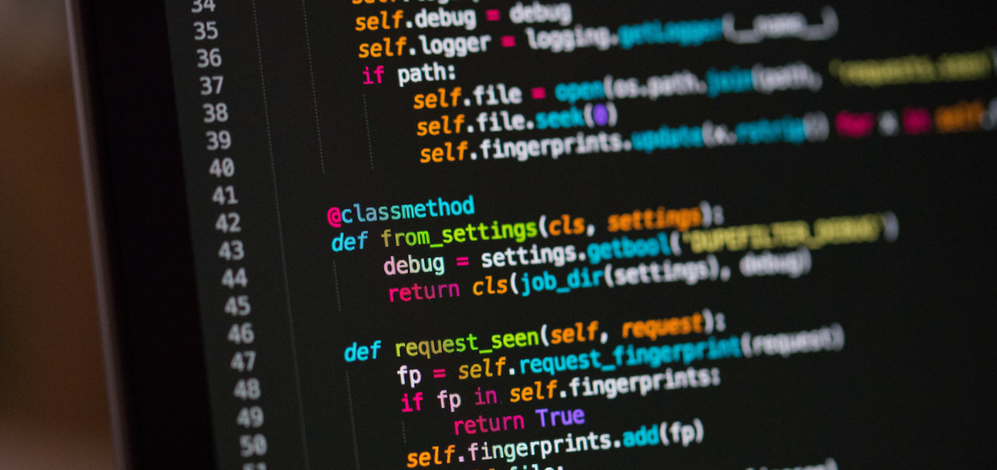
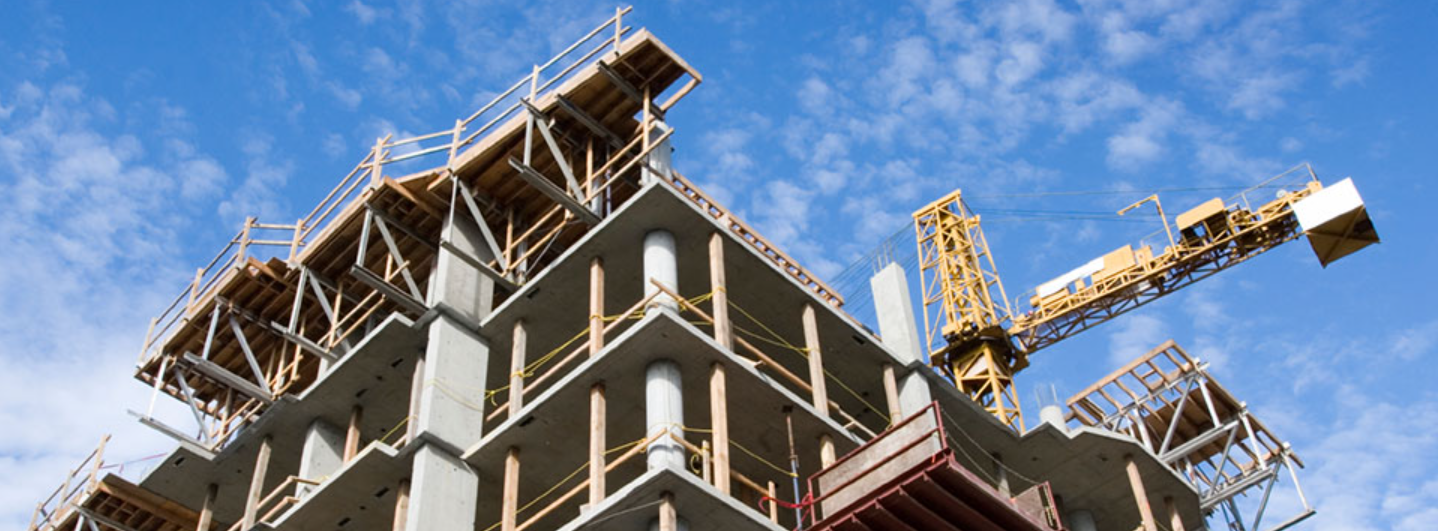



Leave a Reply